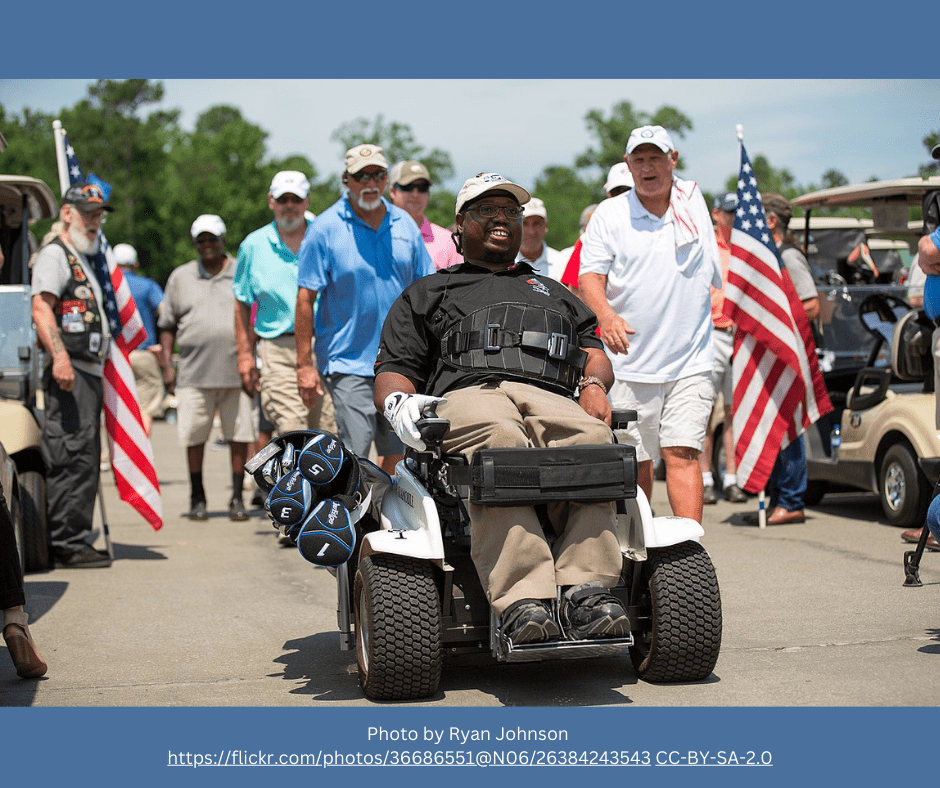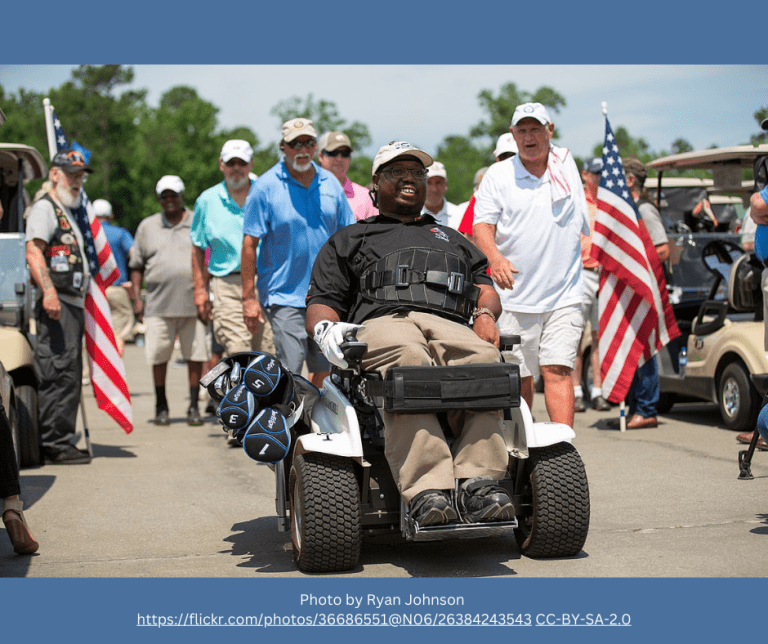
6 million US veterans receive care at a Veterans Health Administration (VHA) facility at least once a year. There are 1,298 sites of care within the VA system including medical centers, outpatient clinics, and nursing homes. Access to VA care is available to veterans who have proven service-related disabilities. They are “poorer, older, and sicker than private sector patients” (Veterans Healthcare Policy Institute and the National VA Council of the American Federation of Government Employees, 2023).
These facilities have been chronically understaffed for decades, resulting in long wait times for service for many veterans. In 2014, Congress passed the Veterans Access Choice and Accountability Act which allowed veterans to seek care at approved community clinics. A 2022 JAMA study found that between January 2018 and June 2021, veterans waited an average of 29 days for a primary care appointment and that time varied substantially depending on where the care facility was located. The study reported wait times extended to 38.9 days for those using community-based clinics. Allowing veterans to use these resources did not result in reduced wait times. A VA Department Inspector General’s audit in 2022 found that the wait times the VA system reported misrepresented the time a patient had to wait for care, using the date of appointment creation instead of the day the service was requested. For example, a cardiology appointment was logged as a 43-day wait when it was actually 66 from the date referred (US Dept of Veterans Affairs, 2022).
A survey of Veterans Affairs personnel conducted in Spring 2022 included the following findings:
- 96% of VHA respondents indicated their facility needs more frontline clinical staff. 75% percent said their facility needs more administrative staff. 77% said that there are vacant positions for which no recruitment is taking place.
- 77% of those who responded to the survey reported that their VHA facilities have closed beds, units, and/or programs due to staffing and budget shortfalls.
- 55% of VHA respondents said they have less time to deliver direct patient care and support services than they did four years ago.
(Veterans Healthcare Policy Institute and the National VA Council of the American Federation of Government Employees, 2023)
This study recommended a number of measures to improve staffing, burnout, and inadequate facilities to serve the needs of the 9/11 generation of veterans who are “among the most disabled in the nation’s history.” These measures include increasing funding to support hiring and retention, infrastructure improvements at existing facilities, and construction of new and expanded facilities. HR dysfunction resulting from a Trump-era human resource management project that sought to centralize HR activities has resulted in delays in hiring. “Almost 50 percent of respondents said that the HR modernization project had increased the time it takes to hire a new employee… 93 percent said they had lost candidates to competing offers because of delays in the HR hiring process.” The report recommends that HR activities come back to the local level to allow personnel managers to respond to local conditions and needs.
Last year VA employee unions lobbied Congress to pass the “VA Employee Fairness Act” which will allow clinical staff collective bargaining rights. This should result in higher salaries and improved benefits and working conditions.
The VA also recently launched an AI Tech Sprint to develop tools that will ease the paperwork burdens on clinicians. Up to $1 million will be awarded to winning teams of developers. It is part of a Reduce Employee Burnout and Optimize Organizational Thriving (REBOOT) Task Force aimed at achieving hiring and retention goals. 30 chief well-being officers at VA healthcare facilities are meeting with frontline employees to gather and communicate their feedback on desired change. One of those is more flexible scheduling, for example, allowing nurses to work a “72 for 80” schedule of three 12-hour shifts a week. The VA is optimistic that these changes will help the agency meet ambitious FY 2023 hiring and retention goals.
Sources
Feyman Y, Asfaw DA, Griffith KN. Geographic Variation in Appointment Wait Times for US Military Veterans. JAMA Network Open. 2022;5(8):e2228783. doi:10.1001/jamanetworkopen.2022.28783
Heckman, J. (2023). VA launches AI Tech Sprint to reduce burnout among health care employees. Federal News Network. https://federalnewsnetwork.com/artificial-intelligence/2023/10/va-launches-ai-tech-sprint-to-accelerate-work-reducing-burnout-in-health-care-workforce/
US Department of Veterans Affairs/Office of Inspector General. (2022). Concerns with Consistency and Transparency in the Calculation and Disclosure of Patient Wait Time Data. https://www.va.gov/oig/pubs/VAOIG-21-02761-125.pdf
Veterans Healthcare Policy Institute and the National VA Council of the American Federation of Government Employees. (2023). Disadvantaging the VA: How VA Staff View Agency Privatization and Other Detrimental Policies. https://www.afge.org/globalassets/documents/generalreports/2023/03/vhpireport_v2.pdf


